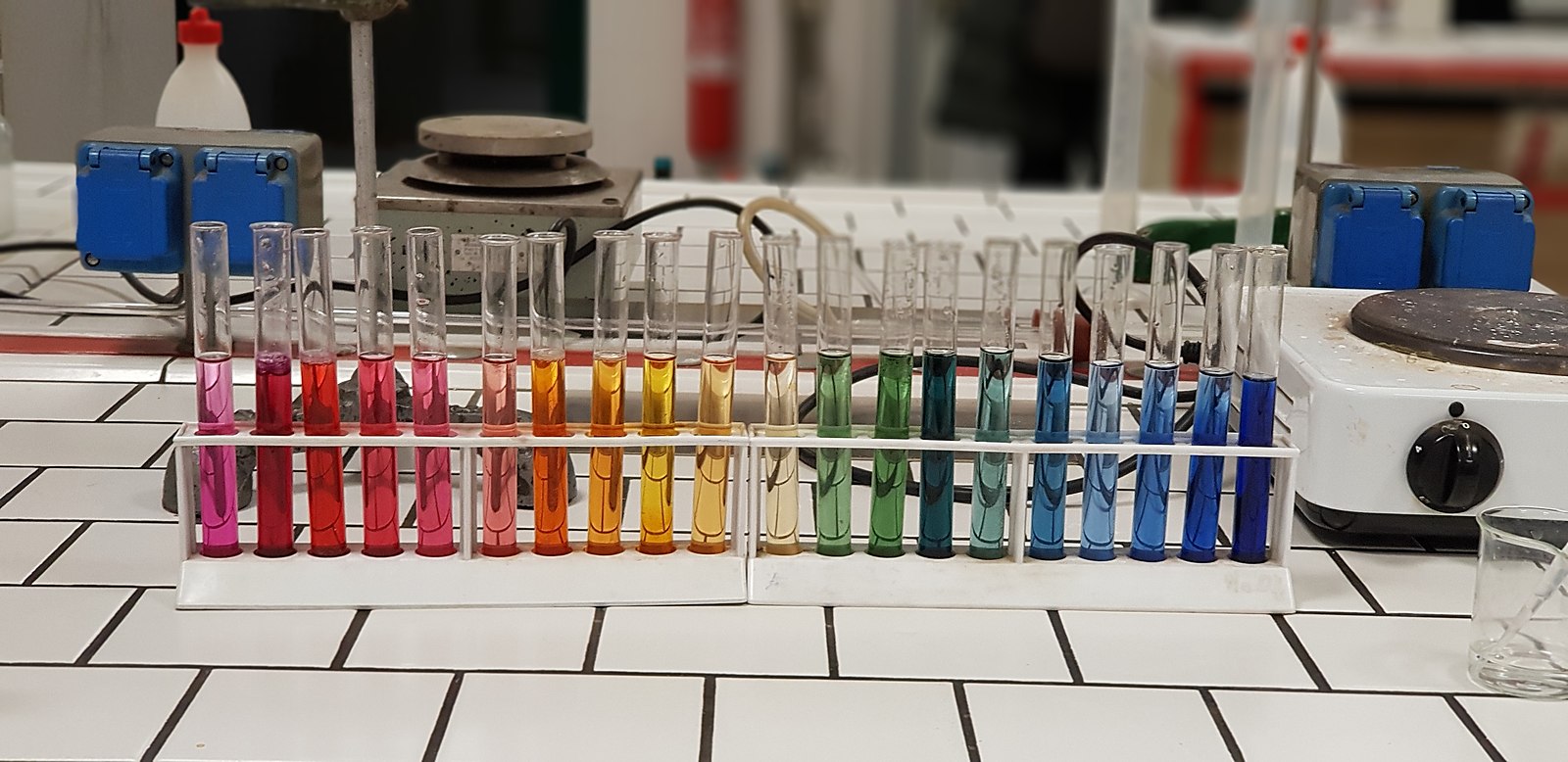The pH value of sulfur dioxide (SO2) in water is slightly acidic, ranging from 1 to 4, due to the formation of sulfurous acid (H2SO3) when SO2 reacts with water. This reaction is represented by the formula SO2(g) + H2O(l) ⇌ H2SO3(aq). The pH of an aqueous solution of SO2 can be compared to that of pure water qualitatively by observing the color change of a pH indicator, such as bromothymol blue, which turns from blue to yellow in acidic solutions.
Understanding the Reaction of Sulfur Dioxide in Water
When sulfur dioxide (SO2) gas dissolves in water, it reacts to form sulfurous acid (H2SO3):
SO2(g) + H2O(l) ⇌ H2SO3(aq)
This reaction produces hydrogen ions (H+), which lower the pH of the solution, making it acidic. The pH of the resulting solution typically ranges from 1 to 4, depending on the concentration of the sulfurous acid.
The formation of sulfurous acid can be observed by the color change of a pH indicator, such as bromothymol blue. In an acidic solution, the indicator will turn from blue to yellow, indicating the low pH.
Factors Affecting the pH of Sulfur Dioxide in Water
Several factors can influence the pH of an aqueous solution of sulfur dioxide:
- Concentration of Sulfur Dioxide: The higher the concentration of dissolved SO2, the more sulfurous acid will be formed, resulting in a lower pH.
- Temperature: The solubility of SO2 in water increases with decreasing temperature, which can lead to a higher concentration of sulfurous acid and a lower pH.
- Aeration: Aerating the solution by bubbling air through it will decrease the H+ ion concentration, causing the pH to increase.
Balancing the pH of Sulfur Dioxide in Water
To balance the pH of an aqueous solution of SO2, a base can be added to decrease the H+ ion concentration. For example, adding ammonia (a base) to the solution will cause the pH to increase, making it less acidic.
The reaction between ammonia and sulfurous acid can be represented as follows:
H2SO3(aq) + 2 NH3(aq) → (NH4)2SO3(aq)
The ammonium sulfite ((NH4)2SO3) formed in this reaction is a salt that has a neutral pH, helping to balance the acidity of the solution.
Impacts of Sulfur Dioxide in Water
Sulfur dioxide is a pollutant that can react with water to form acid rain, which has a pH below 5.6, making it more acidic than natural rain. This can have harmful effects on the environment, such as:
- Damaging forests and aquatic ecosystems
- Corroding buildings and infrastructure
- Affecting human health, particularly respiratory systems
Addressing Sulfur Dioxide Contamination in Water
To deal with the contaminants and substances present in the water due to the presence of SO2, there are several solutions and alternatives:
- Water Filtration Systems: Installing a water filtration system that can remove impurities and balance the pH of the water is an effective solution.
- Natural pH Adjustment: Using natural methods, such as adding baking soda or lemon juice to the water, can help adjust the pH and neutralize the acidity.
- Monitoring and Testing: Regularly testing the pH of the water and monitoring for any changes can help ensure that it is within a safe and appropriate range.
Conclusion
The pH of sulfur dioxide in water is slightly acidic, ranging from 1 to 4, due to the formation of sulfurous acid. This can have harmful effects on the environment, and it is important to be aware of the pH of the water you are using. To balance the pH, a base can be added to decrease the H+ ion concentration. There are several solutions and alternatives to deal with the contaminants and substances present in the water due to the presence of SO2, such as installing a water filtration system or using natural methods to adjust the pH.
References:
– Acid Rain Students Site: PH Scale, EPA. https://www3.epa.gov/acidrain/education/site_students/phscale.html
– Sulfur dioxide & acid rain, Atmo. Arizona. http://www.atmo.arizona.edu/students/courselinks/spring08/atmo336s1/courses/fall17/atmo170a1s3/lecture_notes/SO2_acid_rain.html
– Is SO2 acidic, basic, or neutral (in water)? – YouTube, Breslyn. https://www.youtube.com/watch?v=5vwLhUMkWfI
– Solubility of sulfur dioxide in water at low concentrations – ScienceDirect, Elsevier. https://www.sciencedirect.com/science/article/pii/0004698173900498
– About pH of an aqueous solution of SO2 – Chemistry Stack Exchange, Stack Exchange. https://chemistry.stackexchange.com/questions/32843/about-ph-of-an-aqueous-solution-of-so2

